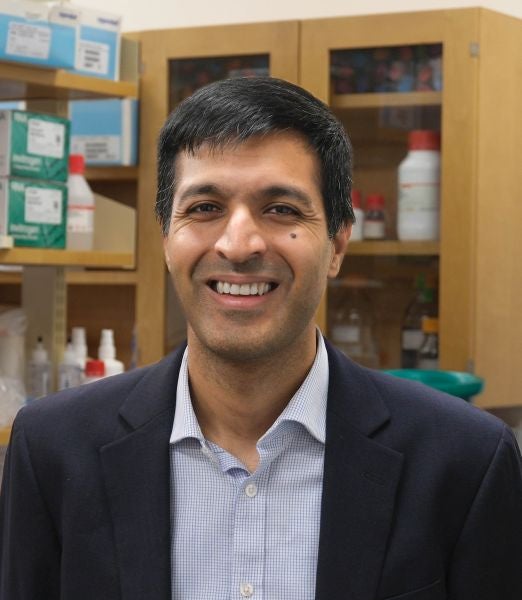6/17/2025
The Guo lab studies vascular wall remodeling and retinal degeneration, with a focus on the role of histone-code readers and writers in driving cell phenotypic transitions. We aim to uncover…
6/17/2025
As Paleolithic hunter gatherers, the human diet was relatively low in fats and simple carbohydrates. Technological advances, beginning with the agricultural revolution 12,000 years ago and culminating with the mechanization…
6/17/2025
Living cells and tissues adapt to their environment by altering structure, gene and protein expression, and biochemical functions. For example, endothelial cells lining the artery wall at the blood tissue…
6/17/2025
The etiology of many cardiovascular diseases can be traced to the microcirculation, which is the primary focus of the Isakson lab. For example, high blood pressure as well as strokes…
6/17/2025
Changes in cellular behavior underlie development, disease, and homeostasis. The response of cells to external factors depends upon the synthesis, degradation, and modification of genes and proteins. These regulated events…
6/17/2025
6/17/2025
Advancement in the design of imaging agents has many far-reaching implications for the future directions of molecular imaging and radiological sciences including the following: (1) The early detection of disease…
9/18/2025
My research program at the University of Virginia (UVA) investigates how the heart communicates with other organs to regulate systemic metabolism, and how these pathways can be targeted to treat…
6/17/2025
Kelsey Kubelick's research group, K2 BioImaging Collective, leverages light, sound, nanoconstruct design, and cellular engineering strategies to develop advanced theranostic imaging techniques, with a particular interest in ultrasound and photoacoustic (PA)…
6/17/2025
WE USE FROGS TO STUDY DEVELOPMENT, DISEASE, AND REGENERATION PRECISION MEDICINE OF BIRTH DEFECTS Every parent that loses their baby to a birth defect wants to know why and if it will…










